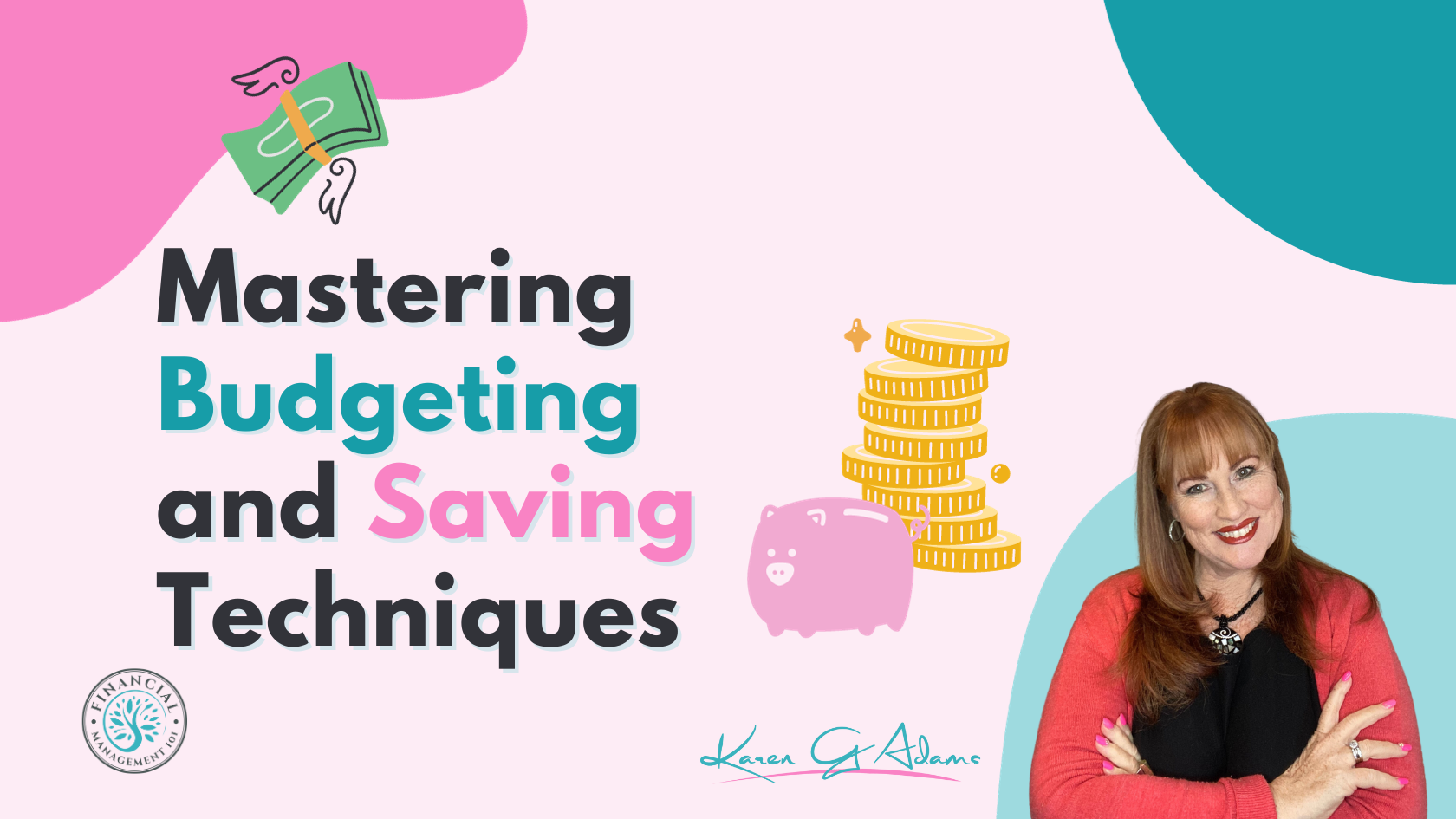Feeling like a hamster on a wheel, running fast but getting nowhere? High debt and living costs can do that. But fear not, because even a hamster can break free with a plan! Let’s explore how you can save money even when debt and high living costs are dragging you down.
The Debt Dillema
Debt is like an unwelcome guest who overstays their welcome, eating away at your peace of mind and your wallet. High living costs add fuel to this fire, making it seem impossible to save. But just as there’s a way out of every maze, there’s a path to financial freedom for you too.
STEP 1. TRACK EVERY DOLLAR
The first step to saving is knowing where your money is going. You might think you have a good handle on your spending, but tracking every dollar can reveal surprising patterns and money leaks you didn’t know existed.
Action Steps:
- Use Budgeting Apps: They can help you track your spending in real-time. They categorise your expenses and show you where your money goes. I have a budgeting spreadsheet that you can download and use, it’s free so check the link below.
- Manual Tracking: If you prefer, use an excel spreadsheet or a good old notebook. Write down every expense, no matter how small. This manual process can make you more mindful of your spending.
By tracking your expenses, you gain awareness of your spending habits, which is the first step to making changes.

Use Budgeting Apps
They can help you track your spending in real-time.
STEP 2: PRIORITISE YOUR DEBTS
Not all debts are created equal. High-interest debts like credit card balances can quickly spiral out of control. By prioritising these, you can reduce the amount of interest you pay, freeing up money for savings.
Action Steps:
- List Your Debts: Write down all your debts, including interest rates and minimum payments. This gives you a clear picture of what you’re dealing with.
- Debt Avalanche Method: Focus on paying off the debt with the highest interest rate first while making minimum payments on others. Once the highest interest debt is paid off,move one to the next highest. This method saves you the most money in interest.
- Debt Snowball Method: Alternatively, pay off the smallest debt first to gain a psychological win. This boosts your confidence and motivation to tackle larger debts.
Prioritising your debts helps you tackle them systematically, reducing your overall financial burden.
STEP 3: NEGOTIATE YOUR BILLS
You’d be surprised at how often you can negotiate better terms on your bills. From credit card interest rates to cable bills, a simple phone call can result in significant savings.
Action Steps:
- Credit Card Rates: Call your credit card companies and ask for a lower interest rate. Explain your situation and your history as a good customer. You might be surprised at their willingness to help.
- Utility Bills: Check your monthly utility bills for any errors or unnecessary services. Contact your providers and negotiate lower rates or switch to a cheaper plan.
- Subscriptions and Services: Review your subscriptions (like cable, internet, gym memberships) and see if you can negotiate a lower rate or cancel unused services
Negotiating your bills can free up extra cash to put towards savings or debt repayment.

Review your subscriptions (like cable, internet, gym memberships) and see if you can negotiate a lower rate or cancel unused services.
STEP 4: BOOST YOUR INCOME WITH SIDE HUSTLES
Increasing your income can make a significant difference when you’re trying to save and pay off debt. A side hustle can provide the extra cash you need to get ahead.
Action Steps:
- Identify Your Skills: What skills do you have that others might pay for? Freelancing, tutoring, pet sitting, or even selling crafts online can be great side gigs.
- Explore Gig Economy Jobs: Consider gig economy jobs like driving for Uber or Lyft, delivering groceries with Instacart, or doing tasks on TaskRabbit. These flexible jobs can fit into your schedule and provide additional income.
- Sell Unused Items: Declutter your home and sell items you no longer need on platforms like eBay, Craigslist, or Facebook Marketplace.
A side hustle can provide the financial boost you need to start saving and pay off debt faster.
STEP 5: CUT COSTS CLEVERLY
When living costs are high, cutting expenses might seem impossible. But with some creativity, you can find ways to reduce your spending without sacrificing too much.
Action Steps:
- Meal Planning and Cooking at Home: Eating out can drain your budget quickly. Plan your meals, buy groceries in bulk, and cook at home to save money. Consider batch cooking and freezing meals to save time.
- DIY and Repair: Before buying something new, see if you can repair or repurpose what you already have. YouTube is a great resource for DIY repair tutorials.
- Shop Smart: Use coupons, cashback apps, and shop during sales to save on groceries and household items. Compare prices online before making purchases.
- Energy Efficiency: Save on utility bills by making your home more energy-efficient. Use LED bulbs, unplug electronics when not in use, and adjust your thermostat to save on heating and cooling costs.
Cutting costs doesn’t mean you have to live a frugal, joyless life. It’s about making smarter choices that align with your financial goals.

Meal planning, doing your own house repairs, and using discount coupons and cashback apps can help you cut costs and save some bucks!
STEP 6: BUILD A SAVINGS HABIT
Even when money is tight, it’s important to build the habit of saving. Start small and gradually increase your savings as you pay off debt and free up more income.
Action Steps:
- Automate Your Savings: Set up automatic transfers to your savings account. Start with a small amount, like $5 or $10 a week, and increase it over time.
- Save Windfalls: Whenever you receive unexpected money (like a tax refund, bonus, or gift), put a portion of it into savings. This can give your savings a significant boost.
- Create a Savings Challenge: Challenge yourself to save a specific amount each month. Track your progress and reward yourself when you hit your targets.
Building a savings habit, even with small amounts, sets the foundation for long-term financial security.
STEP 7: STAY MOTIVATED AND FOCUSED
Paying off debt and saving money can be a long journey, but staying motivated is key to your success.
Action Steps:
- Set Clear Goals: Define your savings and debt repayment goals. Write them down and review them regularly to keep yourself focused.
- Celebrate Milestones: Celebrate your progress along the way. Whether it’s paying off a debt or reaching a savings milestone, acknowledge your achievements.
- Stay Positive: It’s easy to get discouraged when progress is slow. Surround yourself with positive influences, whether it’s friends, family, or online communities focused on financial goals.
Remember, every small step you take brings you closer to financial freedom. Stay focused, stay motivated, and keep pushing forward.
Conclusion
Saving money when you have debt and the cost of living is high might seem like a daunting task, but it’s not impossible. By tracking your expenses, prioritising your debts, negotiating your bills, boosting your income, cutting costs cleverly, building a savings habit, and staying motivated, you can make significant progress toward your financial goals. Remember, it’s not about making huge changes overnight, but about taking small, consistent steps that add up over time. So, start today and watch as your financial situation gradually improves, one penny at a time.
Learn the fundamental concepts of how budgeting and saving are important to your financial well-being. Registration is now open for the course: Mastering Budget and Saving Techniques. This is a hands-on course with me guiding you on how to budget, track and look at managing your money like a pro.



